The mobile data market has been approaching saturation in major industrialized nations. Mobile data consumption has increased steadily over the past several years, but consumers have found new ways to avoid paying extra for services they don’t need or use — and intense competition among mobile carriers has allowed consumers to switch from fixed-data to unlimited plans and pay less in the process.
Operators increasingly have been turning to targeted data-driven services in order to drive higher data usage and find new monetization strategies. Parks Associates recently released the industry report Mobile Data Services: Business Model Assessment, which includes an analysis of the top five data-driven services in the U.S. market.
1. Social Media and Chat
The most commonly used type of mobile application is social media, according to Parks Associates’ data.
More than 80 percent of U.S. smartphone owners under the age of 25 use social media and chat apps such as Facebook and Snapchat on their phones, the firm’s research suggests.
Providers in emerging markets have been using social media to drive mobile data adoption and, in some cases, bring people online for the first time. In more mature markets, MSPs have used zero-rated (free of charge) access to social media as a means to attract subscribers.
Livestreaming, embedded video content, and voice and video chat have become part of the social media and messaging experience. Eighty-two percent of Twitter users watch video content, and 90 percent of Twitter video views take place on a mobile screen, according to recent research.
Video calling and voice chat can drive heavier adoption of data while reducing reliance on legacy networks. Almost half of U.S. broadband households regularly used video calling and chat apps in 2015, and that usage will increase as messaging services such as Facebook Messenger gain increased adoption.
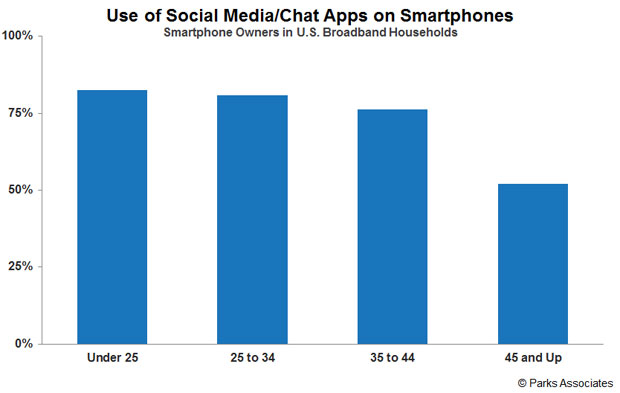
2. Streaming Video
Video content accounted for roughly 50 percent of mobile data traffic in 2016, and its portion is expected to grow to 75 percent of mobile data traffic by 2021, according to Ericsson.
YouTube, the most popular over-the-top service globally, has more than 1.5 billion logged-in users visiting its site per month, which equates to about 20 percent of the world’s population.
Consumption of streaming video content via smartphone has a strong correlation with size of a user’s data plan. Among U.S. broadband households, the percentage of those consuming streaming video doubles between those with a 1-GB or smaller data plan and those with a 10-GB or greater data plan.
Unlimited data plans are highly effective in promoting adoption of streaming OTT services. Mobile service providers have been taking advantage of this trend by offering unlimited data and video subscription bundles, such as AT&T’s DirecTV bundle.
3. Streaming Music
Streaming music is more popular than streaming video, but it is not as data-intensive. Even music streamed at a high quality (320 kbps) uses less data than low-quality video.
Streaming music is effective at driving data plan adoption in regions where 3G and 4G technologies have become dominant but where the mobile market has not reached maturity. While streaming music will not drive as much revenue as video, it has less impact on networks and network quality, and it represents less of a risk to operators’ quality of service.
Consumers in the U.S. spend an average of four hours per day listening to music, according to the Recording Industry Association of America. Digital revenues made up 78 percent of the total music industry in 2016, with streaming music generating the majority of revenue in the United States and some other countries.
4. Mobile Gaming
More than half of U.S. smartphone owners in broadband households play mobile games, Parks Associates’ data suggests, and mobile gamers spend an average of five hours per week doing so.
Gaming is not a new phenomenon, but has become a dominant application for mobile devices. Revenue models for mobile games typically include in-app purchases and advertising.
Mobile service providers traditionally have benefited from the popularity of mobile gaming by offering paid downloads from their own app stores, but the popularity of OS-bundled app stores such as Google Play and Apple’s App Store largely killed that model in developed markets.
Instead, mobile service providers have turned to newer models, such as partnerships with the makers of popular games and game store subscriptions with carrier billing.
5. Cellular-Connected Devices and the IoT
Over the last several years, an increasing number and variety of non-smartphone products have begun to connect to mobile networks for fast and ubiquitous Internet access.
Those products — including tablets, e-readers, smartwatches, cameras and cars — require their own data plans, which may be sold either individually or as a part of a shared data bucket.
Adoption of connected car data plans, for example, is relatively low at present but growing sharply — both in terms of direct-to-consumer data plans and partnerships with automakers and connected car managed service providers. When self-driving cars hit the market, car data plans will become commonplace.
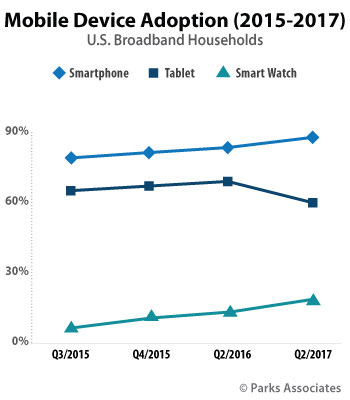
Although the mobile data market is nearing saturation, MSPs still have opportunities for revenue growth and consumer loyalty. By integrated the top data-driven services with their offerings, MSPs can offer differentiated data-intensive applications or partner with top application developers to drive revenue and improve customer satisfaction.

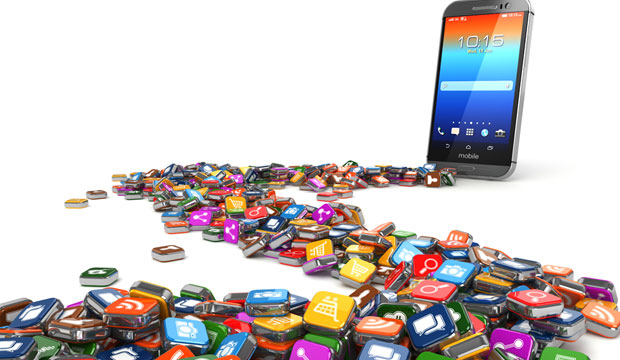
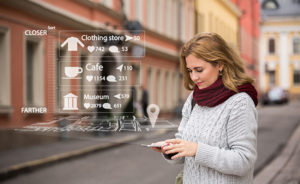
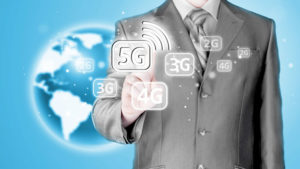











































Social Media
See all Social Media